Dinner
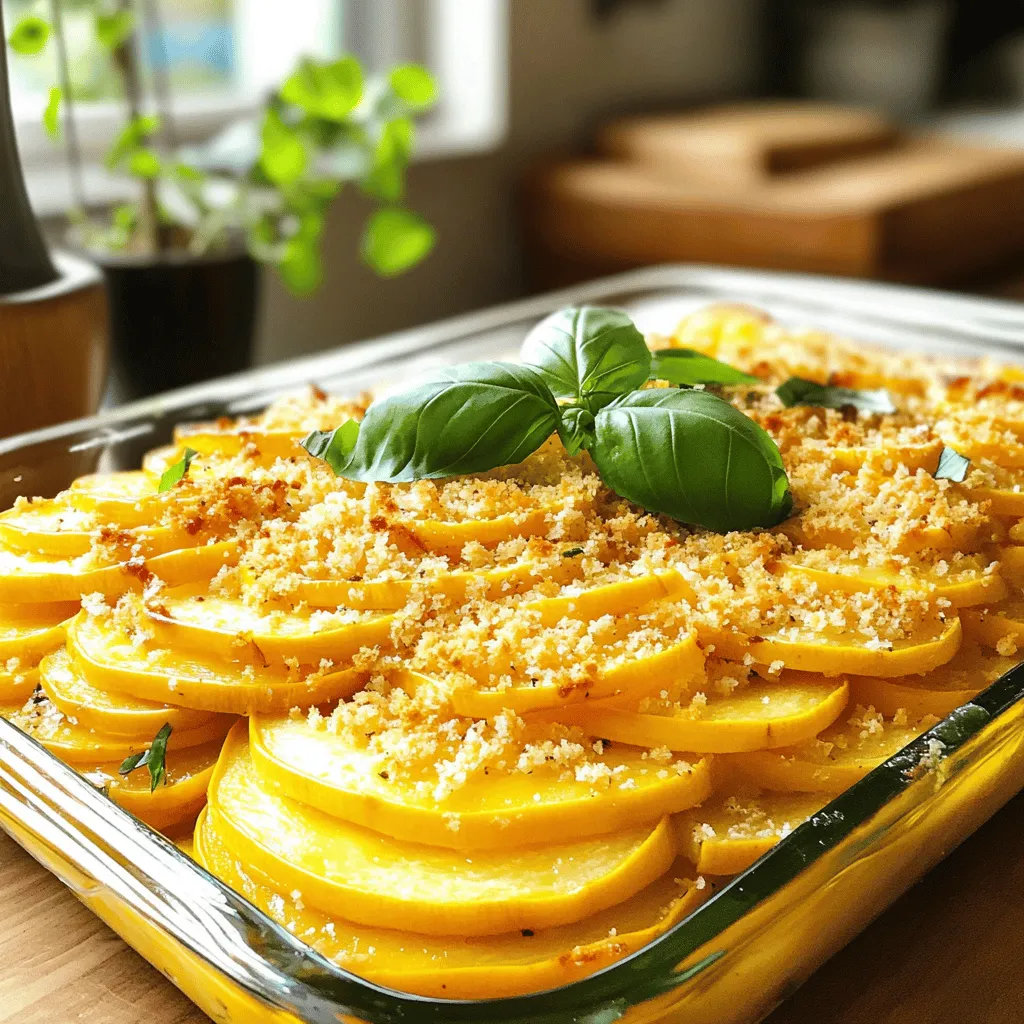
Cheesy Yellow Squash Bake Simple and Tasty Meal
Are you ready to impress your family with a dish that’s both simple and tasty? My Cheesy Yellow Squash Bake combines fresh yellow squash with
![Here are the simple ingredients you need for Tasty Roasted Vegetable Pasta: - 300g whole wheat pasta - 2 cups cherry tomatoes, halved - 1 medium zucchini, diced - 1 red bell pepper, diced - 1 yellow bell pepper, diced - 1 medium red onion, cut into wedges - 4 cloves garlic, unpeeled - 3 tablespoons extra virgin olive oil - 1 teaspoon dried oregano - 1/2 teaspoon red pepper flakes - Sea salt and black pepper - Fresh basil leaves for garnish - Grated Parmesan cheese for serving (optional) Using whole wheat pasta adds fiber and nutrients. The cherry tomatoes burst with sweet flavor. Zucchini and bell peppers bring color and crunch. Roasting garlic makes it rich and creamy. This dish is not only tasty but also healthy. You can find the [Full Recipe] to guide you through the steps. - Preheat the oven to 425°F (220°C). - In a large bowl, mix cherry tomatoes, zucchini, bell peppers, red onion, and garlic. - Drizzle 3 tablespoons of extra virgin olive oil over the veggies. - Add 1 teaspoon of dried oregano, 1/2 teaspoon of red pepper flakes, sea salt, and black pepper. - Toss the mixture until all vegetables are well coated. - Spread the seasoned vegetables evenly on a baking sheet. - Make sure they lie flat for even roasting. - Roast for 20-25 minutes. Stir halfway to ensure they cook well. - Boil a large pot of salted water. - Add 300g of whole wheat pasta and cook until al dente, about 8-10 minutes. - Drain the pasta and set it aside. - After roasting, take the veggies from the oven. - Let them cool slightly before handling. - Squeeze the roasted garlic from its skin into a bowl. - Mash the garlic with a fork to make a creamy paste. - In a large bowl, mix the cooked pasta, roasted vegetables, and mashed garlic. - Toss until everything is well combined. - Taste and season with more salt and pepper if needed. You can find the full recipe in the previous sections. To roast vegetables perfectly, spread them out on the baking sheet. This step helps them cook evenly. Avoid crowding the pan, as this leads to steaming, not roasting. Stir the veggies halfway through to ensure they brown nicely. For seasoning, you can mix things up! Try adding lemon zest or balsamic vinegar for a bright twist. Feel free to adjust the red pepper flakes to your spice level. To get the best al dente pasta, start with plenty of salted water. Bring it to a rolling boil before adding the pasta. Cook according to the package directions, usually about 8-10 minutes. Taste the pasta a minute or two early. It should be firm yet tender. If you want to try something fun, you can toss in a bay leaf or olive oil while boiling for extra flavor. When serving, consider using shallow bowls. This style makes the dish look fancy and lets the colors pop. Arrange the roasted veggies on top for a beautiful display. Drizzle extra olive oil for shine and flavor. Fresh basil adds a nice finishing touch. For drinks, pair this dish with a light white wine or sparkling water. Enjoy your meal with a side of crusty bread to soak up any extra sauce! {{image_4}} You can switch up the vegetables based on the season. Use fresh asparagus in spring, or try eggplant in summer. Seasonal veggies taste better and add different flavors. Look for what’s fresh at your local market. You can create a new dish each time you make it. Try to mix colors and shapes to make your dish more fun. Want to make your pasta heartier? Add protein! Chicken or shrimp works well. Just cook them before mixing in. If you prefer plant-based options, use beans or lentils. They are great sources of protein and add a nice texture. Just drain and rinse them before tossing them in with your pasta. For those who need gluten-free options, try using rice or quinoa pasta. They are easy to find in most stores. If you're vegan, skip the cheese and use olive oil instead. You can also use nutritional yeast for a cheesy taste without dairy. These changes make the dish fit for everyone while keeping it tasty. For the complete experience, check out the Full Recipe! To store your roasted vegetable pasta, place it in an airtight container. This keeps it fresh and tasty. You can store it in the fridge for up to four days. If you want to keep it longer, freeze it. In the freezer, it will last for about three months. Just remember to label the container with the date. This helps you keep track of its freshness. When you're ready to enjoy leftovers, reheat using the stovetop or microwave. For the stovetop, add a splash of water or olive oil in a pan. Heat it over low heat until warm. Stir often to avoid burning. If you choose the microwave, cover the dish loosely with a lid or paper towel. Heat in short bursts, stirring in between. The quality of the dish may change a bit when reheated. Roasted vegetables can lose some crispness, but the flavors will still shine. Enjoy your tasty roasted vegetable pasta just like when it was fresh! To make Roasted Vegetable Pasta vegan, skip the cheese. You can use nutritional yeast to add a cheesy flavor. Another idea is to replace Parmesan with a vegan cheese option. For sauce, try adding a splash of lemon juice. This will brighten the dish and keep it fresh. Yes, you can use frozen vegetables. They are convenient and save time. Just make sure to thaw and drain them before roasting. This helps avoid excess water. Add them to the baking sheet and roast as you would fresh veggies. Keep an eye on cooking time, as frozen vegetables may cook faster. Leftover pasta can be used in many ways. You can make a pasta salad by mixing it with olive oil and your favorite veggies. Another option is to reheat it with some broth to create a soup. You can also use it in a frittata or bake it with cheese for a pasta bake. Yes, you can prep this dish in advance. Roast the vegetables and cook the pasta ahead of time. Store them separately in the fridge. When you are ready to eat, mix them together and heat. This makes for a quick and easy meal when you need it. Roasted Vegetable Pasta is simple and tasty. We covered the key ingredients, from whole wheat pasta to fresh veggies. I showed you how to roast, cook, and combine all these elements. Plus, I shared tips on perfecting your dish and how to store leftovers. In the end, this recipe is great for any meal. Feel free to switch up vegetables or add proteins. Enjoy making this dish your own!](https://tossedflavors.com/wp-content/uploads/2025/07/c21d3921-a58c-4c20-bfbb-eb031234434e.webp)
Tasty Roasted Vegetable Pasta Simple and Healthy Dish
Looking for a quick, healthy dinner idea? Let me introduce you to my Tasty Roasted Vegetable Pasta. This dish combines colorful veggies and whole wheat
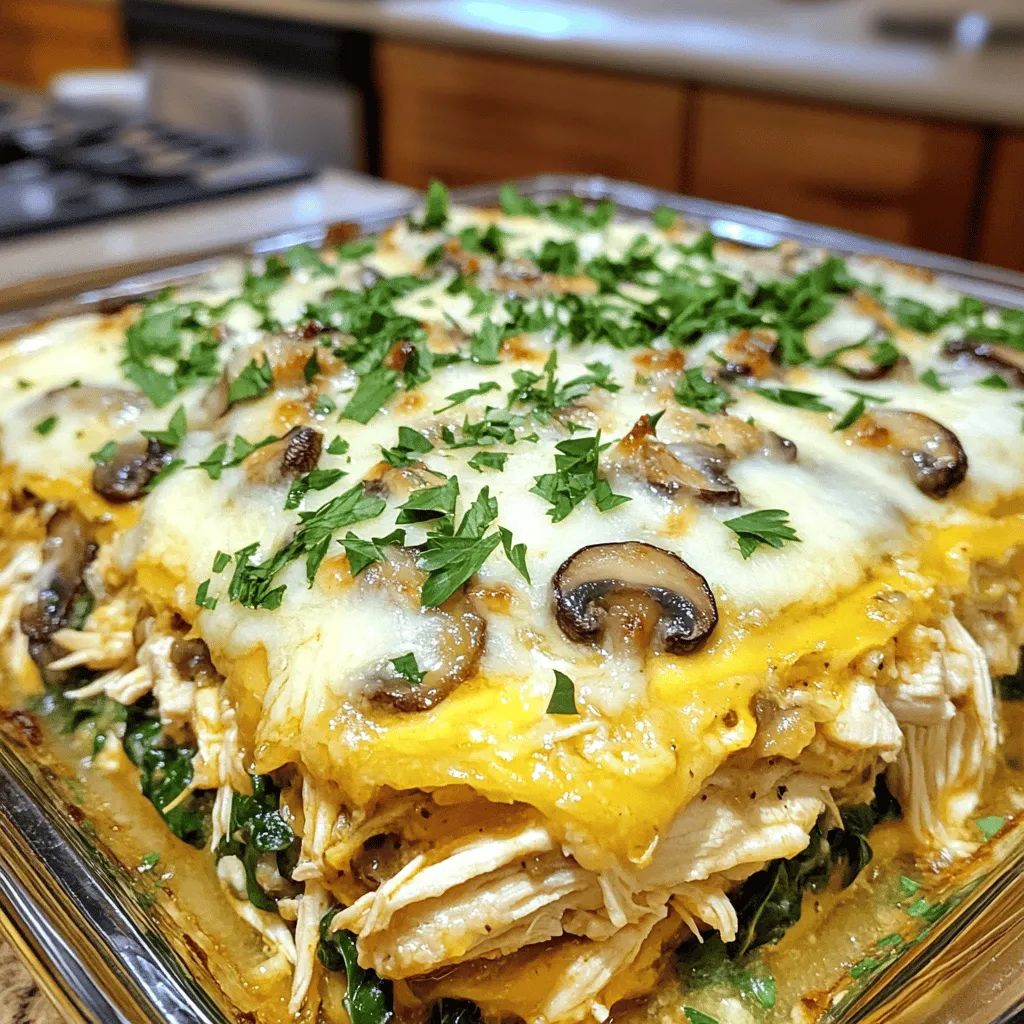
Keto Garlic Mushroom Chicken Casserole Delight
Are you ready to indulge in a low-carb feast? My Keto Garlic Mushroom Chicken Casserole Delight is a creamy, savory dish that makes your taste
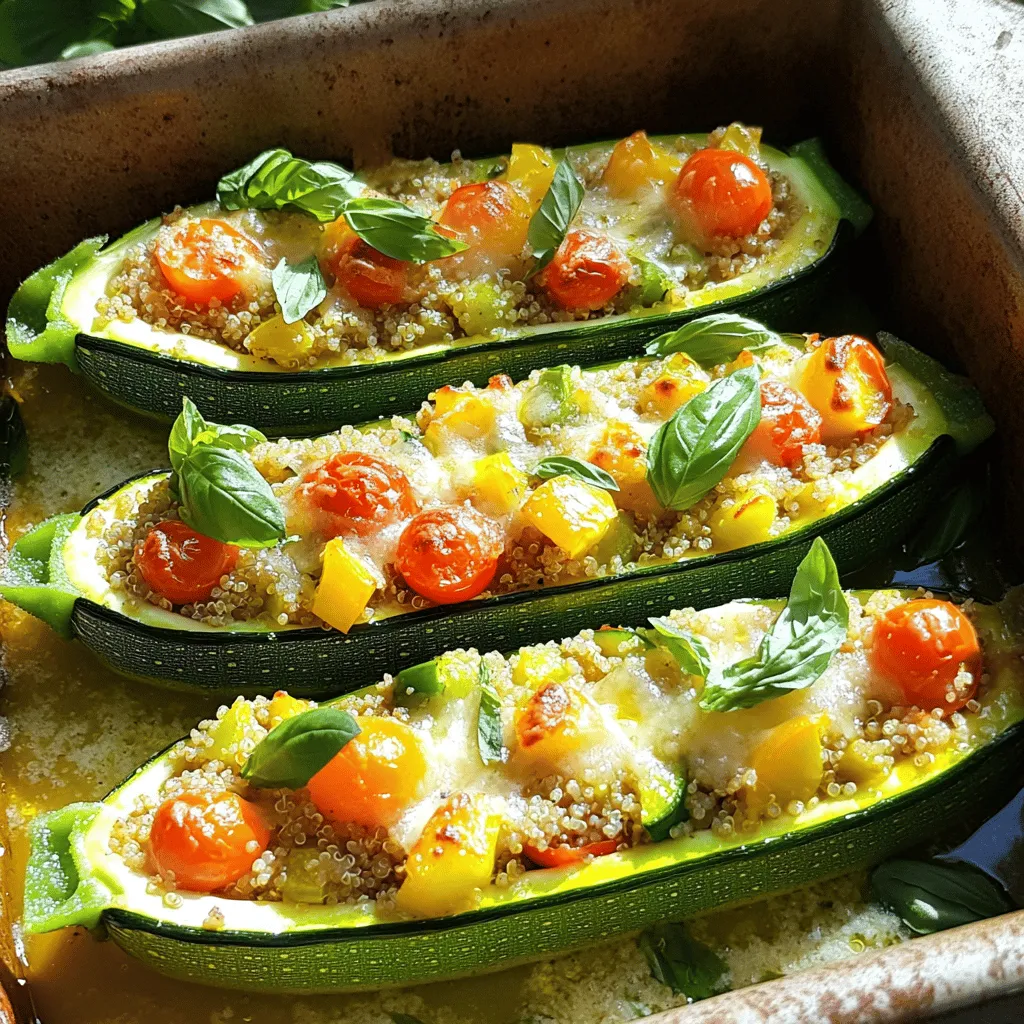
Savory Stuffed Zucchini Boats Healthy and Tasty Meal
Looking for a healthy and tasty meal that’s simple to make? You’re in the right place! Savory stuffed zucchini boats are not only delicious but
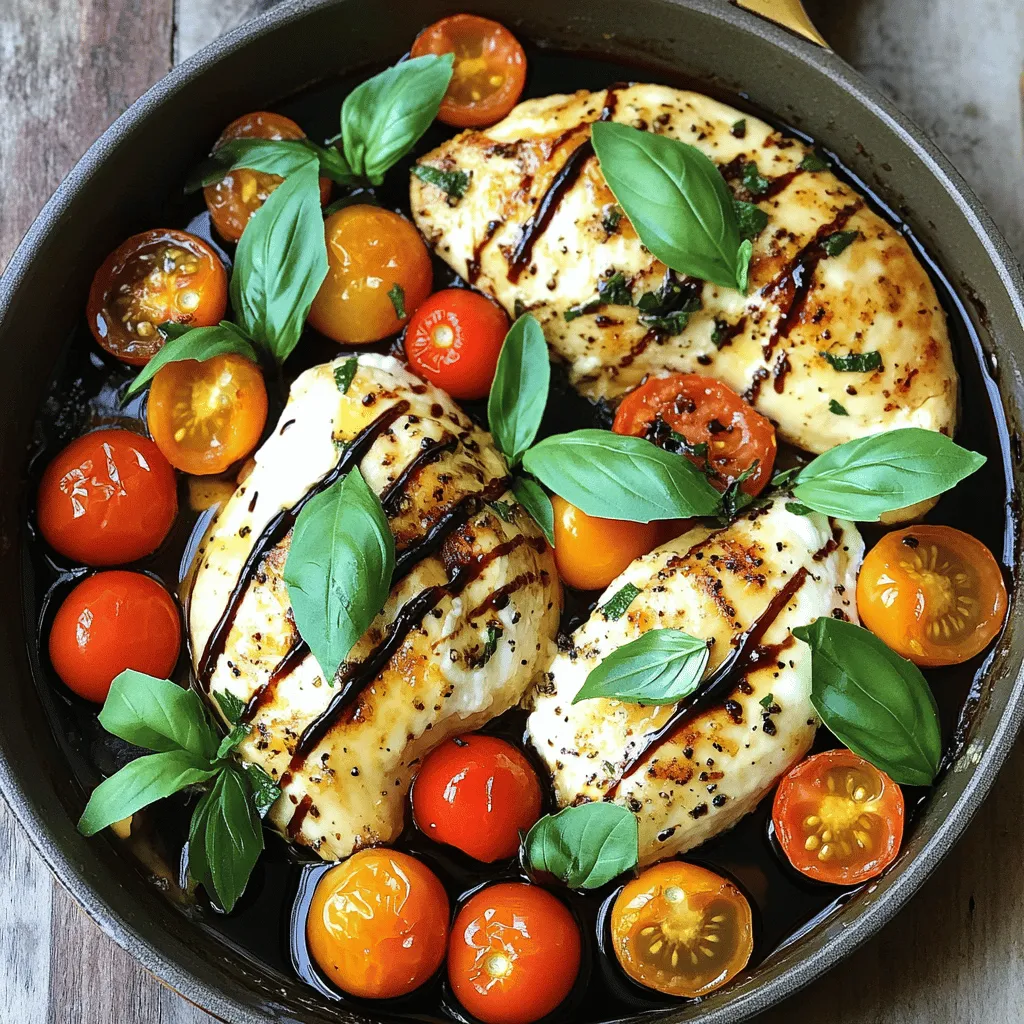
Quick Mozzarella Chicken Tasty and Simple Weeknight Dish
Looking for a quick and tasty dinner? Let me introduce you to Quick Mozzarella Chicken! This dish brings together juicy chicken breasts, fresh mozzarella, and

Savory Cheddar Zucchini Bread Flavorful and Easy Recipe
Are you ready to try a delicious twist on a classic favorite? My Savory Cheddar Zucchini Bread recipe is not just easy to make but
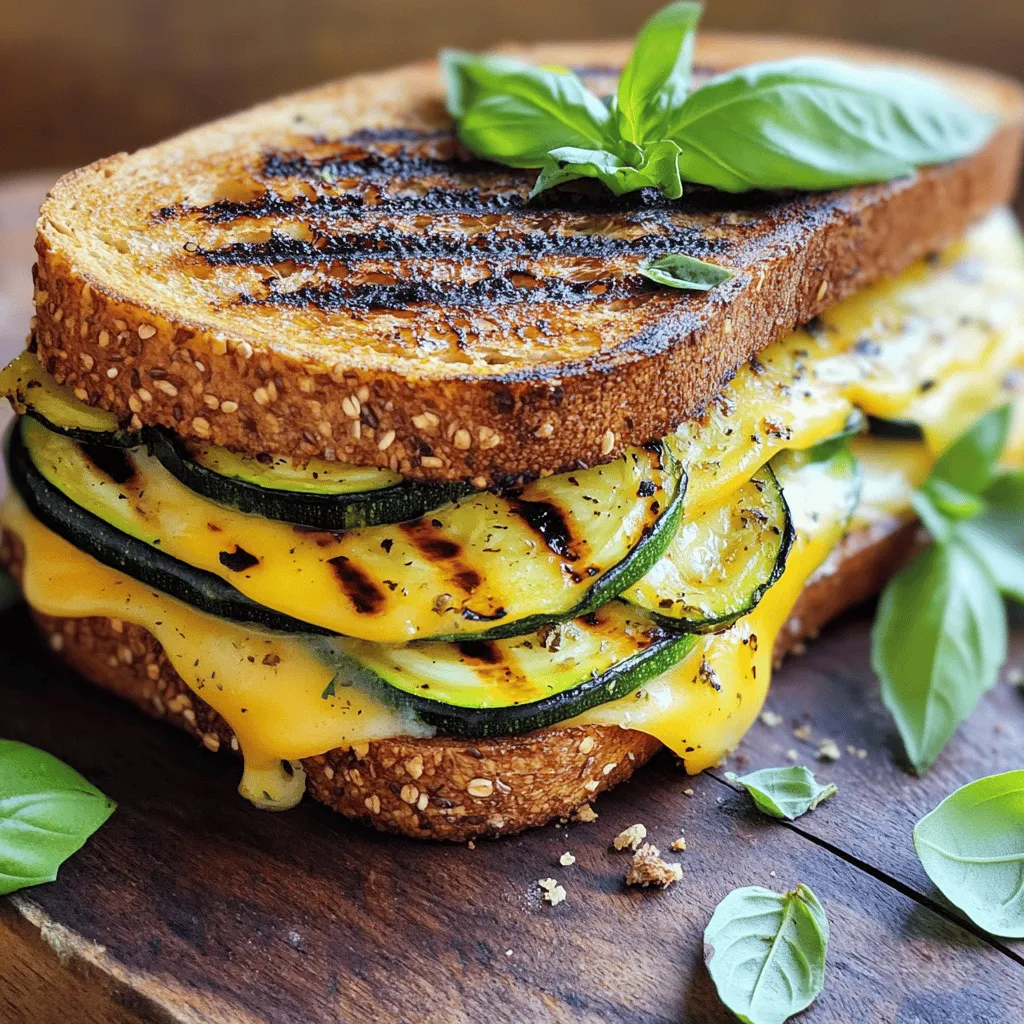
Zucchini Grilled Cheese Flavorful and Easy Delight
Are you ready for a twist on a classic? Zucchini grilled cheese is both tasty and easy to make! This recipe will transform ordinary ingredients
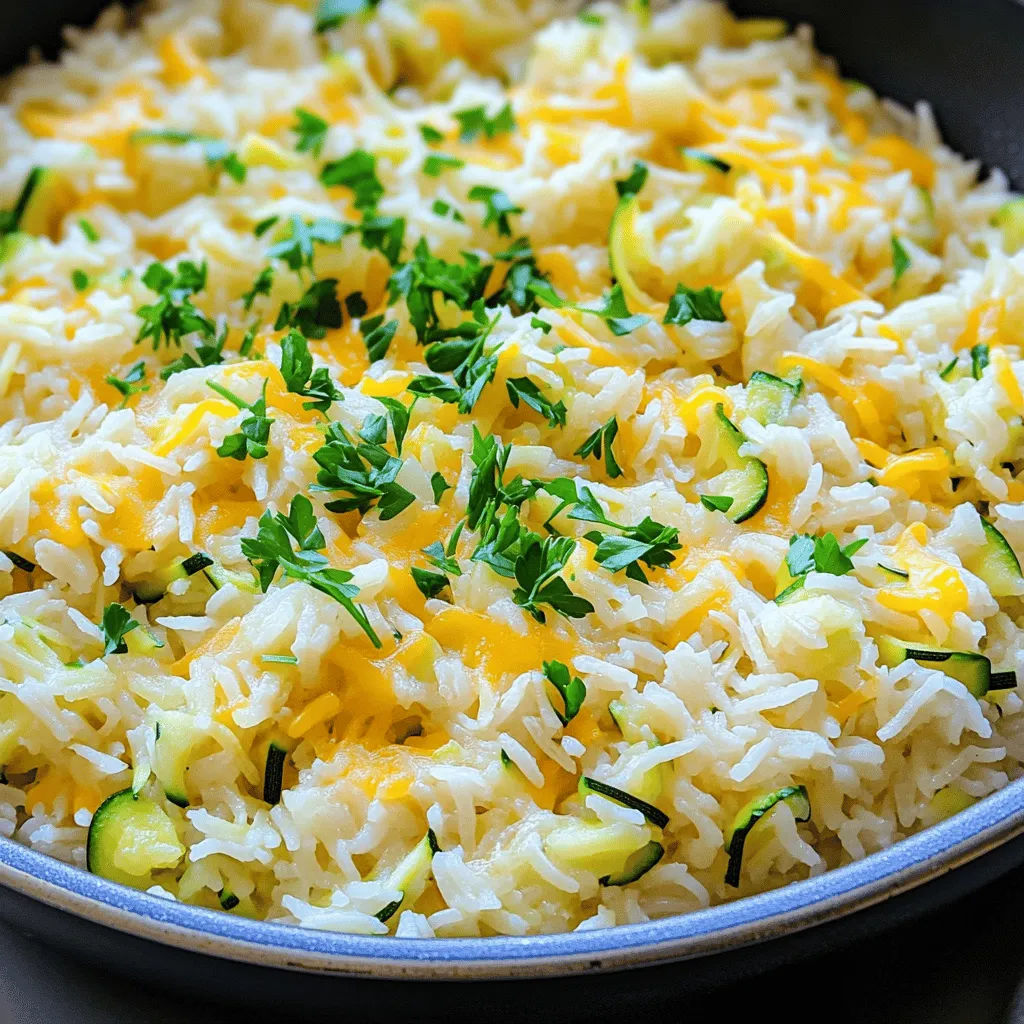
Cheesy Zucchini Rice Delight Easy and Flavorful Meal
Are you ready to whip up a meal that’s both easy and bursting with flavor? My Cheesy Zucchini Rice Delight is the perfect answer for
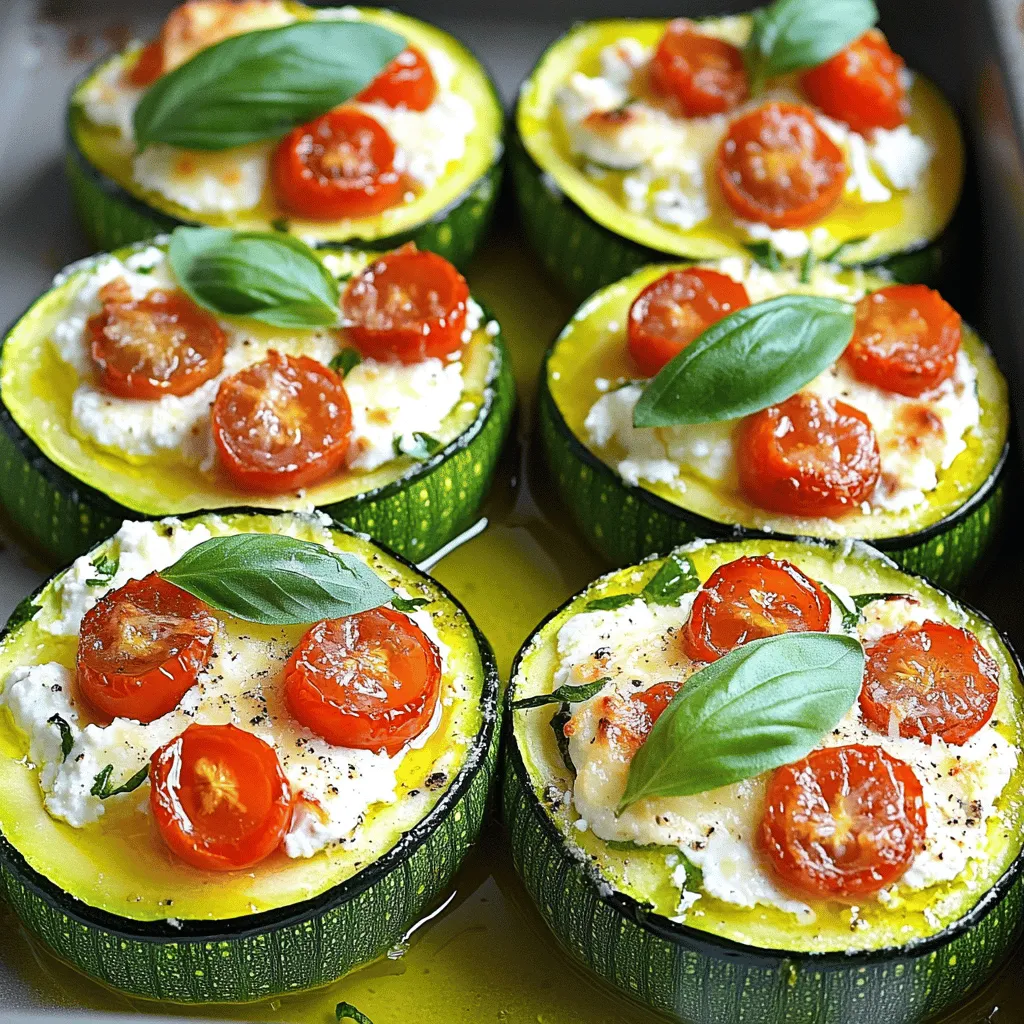
Low-Carb Ricotta-Stuffed Zucchini Easy Dinner Delight
Looking for a quick and healthy dinner? Try my Low-Carb Ricotta-Stuffed Zucchini! This dish combines fresh zucchini with creamy ricotta and savory herbs for a
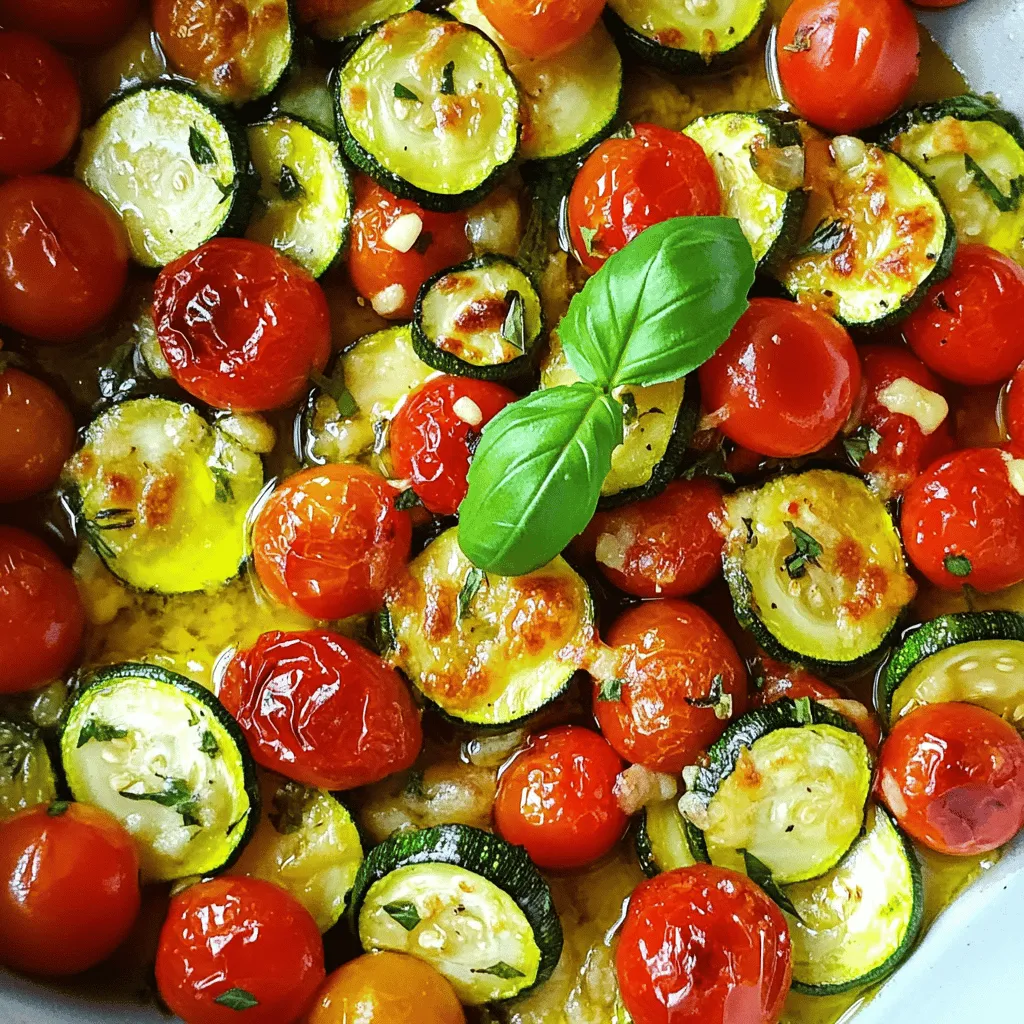
Roasted Parmesan Zucchini and Tomatoes Flavor Boost
Are you ready to elevate your veggie game? In this blog, I’ll show you how to make Roasted Parmesan Zucchini and Tomatoes that bursts with